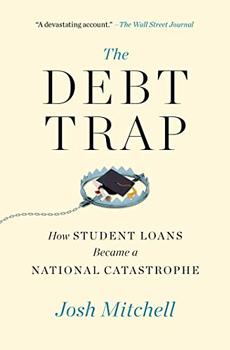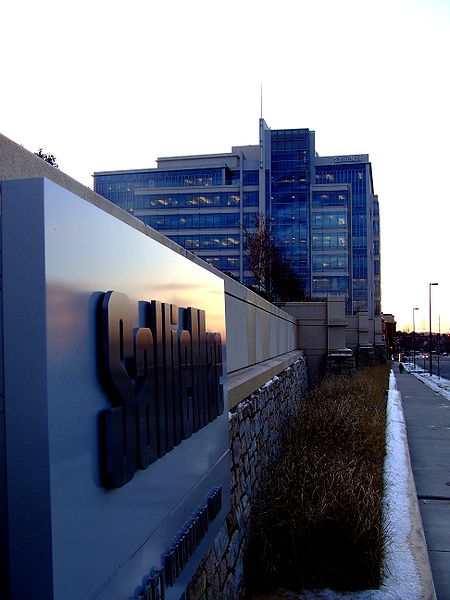Summary | Excerpt | Reviews | Beyond the Book | Read-Alikes | Genres & Themes | Author Bio

How Student Loans Became a National Catastrophe
by Josh MitchellThis article relates to The Debt Trap
 In 1972 the Student Loan Marketing Association, or Sallie Mae as it came to be known, was created as a government sponsored enterprise to provide and manage education loans in the United States.
In 1972 the Student Loan Marketing Association, or Sallie Mae as it came to be known, was created as a government sponsored enterprise to provide and manage education loans in the United States.
The conditions for the student loan industry were established much earlier. At the beginning of the 20th century, most families would only be able to send one child to college if they could afford to send any. But by the 1920s, with the boom of the economy, there was a rise in the level of consumerism, and with it, credit. People were buying more because they were borrowing from banks to pay for the things they desired. This led to a difference in how Americans viewed the attainability of education.
However, banks were still extremely selective with lending and many people were not qualified to take out loans without being able to prove they could pay them back. During this time, philanthropists and charitable organizations offered loans to prospective students. One of the people who benefited from such a loan was President Lyndon Baines Johnson, while he was a student at Southwest Texas State Teachers College. In 1965, Johnson signed into law the The Higher Education Act, which allowed state schools to receive federal funding to use for student loans. Sallie Mae was created to service these loans. In 1980, Congress authorized the company to offer loan consolidation and make direct loans to students.
Through this bridging of the gap to higher education, people were able to pursue the American Dream they had seen advertised. However, in oncoming years, the student loan industry would be hard hit by defaulting loans, rising interest rates and inflation, and privatization. The normalization of making funds more accessible for college had many advantages and disadvantages. One of the advantages was that more people were able to get higher education. One of the disadvantages was that it became easier for banks and money lending organizations to dodge accountability for predatory marketing to individuals they knew would not be able to pay the funds back.
And as is recounted in Mitchell's book, it became common for such organizations to take advantage of this fact. Upon reviewing financial information at Sallie Mae in 1982, a new executive remarked, "You've got to be shitting me... This place is a gold mine." Sallie Mae and other lending institutions, along with universities, saw very little consequence for the immoral practices they were employing to trick students into racking up thousands of dollars in debt.
Beginning in the late 1990s, Sallie Mae gradually began to sever ties with the government, transitioning to a private corporation without any direct government oversight. By 2005, the business had completed this process and become a privately owned and publicly traded company. Privatization has allowed Sallie Mae to begin issuing loans with higher interest rates and fees, along with more aggressive collections tactics and fewer relief options.
The Sallie Mae corporation world headquarters. Photo by Joshua Davis, 2007 (CC BY-SA 2.5)
Filed under Society and Politics
![]() This "beyond the book article" relates to The Debt Trap. It originally ran in September 2021 and has been updated for the
August 2022 paperback edition.
Go to magazine.
This "beyond the book article" relates to The Debt Trap. It originally ran in September 2021 and has been updated for the
August 2022 paperback edition.
Go to magazine.
Your guide toexceptional books
BookBrowse seeks out and recommends the best in contemporary fiction and nonfiction—books that not only engage and entertain but also deepen our understanding of ourselves and the world around us.